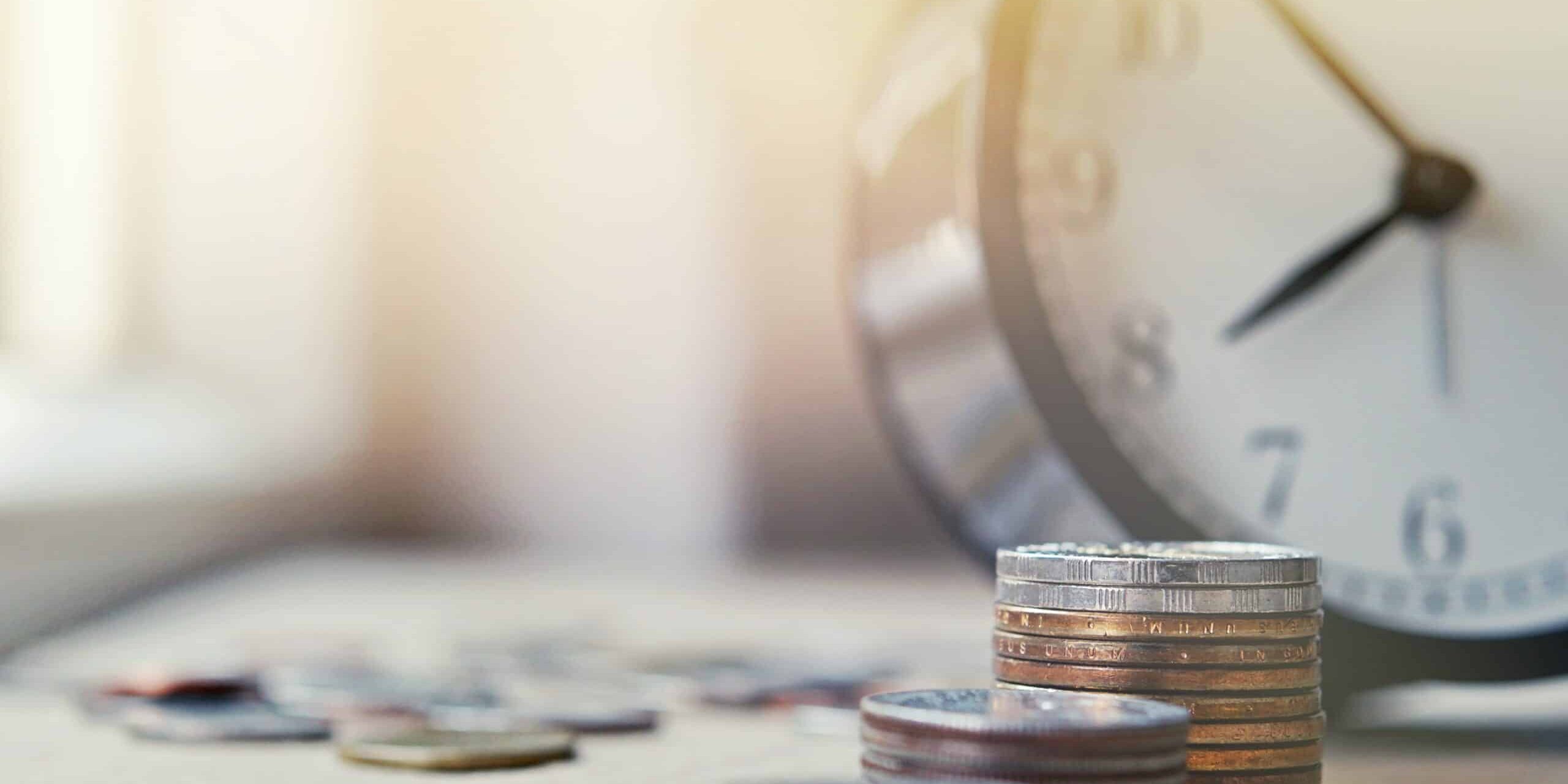Debt can build up slowly. At first, it might be a credit card here or a loan there. But over time, it can grow into something much harder to manage. This is what’s known as a debt cycle – a pattern where your borrowing keeps growing, and it feels like there’s no way out.
Understanding the debt cycle is the first step to breaking free from it. In this guide, we explain what it is, how to spot the signs you might be caught in one, and what debt management solutions could help if you feel your finances starting to spiral.
What is the cycle of debt?
The debt cycle happens when someone keeps borrowing money to keep up with repayments, bills, or everyday living costs. Instead of the debt going down, it grows over time. This can lead to stress, sleepless nights, and money worries that feel impossible to escape.
Here’s how it often starts: you take out a loan or use a credit card, then you struggle to keep up with the repayments. To cover old debts, you borrow more money. Interest and fees grow, making it harder to catch up. Soon, you’re stuck using one type of credit to pay off another. This is the heart of the debt cycle.
Signs you’re in a debt cycle
Many people don’t realise they’re in a debt cycle until it’s too late. If any of the signs below sound familiar, it might be time to take a closer look at your finances.
1. You’re using more credit to pay off debt
If you’re regularly borrowing on credit cards, overdrafts, or payday loans just to cover payments on other debts, it’s a strong sign you’re in a debt cycle. This means your income isn’t enough to cover your outgoings, and the borrowed money is being used to plug gaps rather than solve the problem.
2. Your credit score is falling
A falling credit score often happens when you miss payments or use a large portion of your available credit. This drop in your score signals to lenders that you’re a higher risk, which can make it harder and more expensive to borrow money in the future.
3. You have a high debt-to-income ratio
Your debt-to-income ratio compares how much you owe to how much you earn. If most of your income goes towards paying off debt and you have little left for essentials or savings, it means you could be trapped in the cycle. This can make it tough to handle unexpected costs or emergencies.
4. You’re being offered higher interest rates
When lenders see that you already owe a lot or your credit score has fallen, they may offer loans or credit cards with higher interest rates. Higher rates mean more money goes towards interest payments, making it even harder to reduce your debt and escape the cycle.
How to avoid the debt cycle
Avoiding the debt cycle is all about being careful with your money and planning ahead. The first step is to know exactly how much you earn and how much you spend each month. Writing a budget can really help with this – list your income, your essential bills like rent and utilities, and your other spending. When you see everything written down, it’s easier to spot where you might be able to cut back.
Try to save a little money regularly, even if it’s just a small amount. Having some savings in the form of an emergency fund can be a lifesaver when unexpected costs come up, like a broken boiler or a car repair. Without savings, many people feel they have no choice but to borrow more money, which can push them further into debt.
It’s also important to borrow only what you really need and can afford to pay back. Before taking out a loan or using a credit card, ask yourself if you can manage the monthly payments. Sometimes it’s tempting to borrow more, but that can make the debt grow faster. If you’re unsure about your borrowing options, get advice early. There are many free services that can help you understand what you can afford.
Lastly, avoid borrowing to cover everyday costs or other debts. This is a key sign of the debt cycle starting. If you find yourself regularly needing more credit to get by, it’s a warning to stop and get help.
How to get out of a cycle of debt
If you’re already caught in the debt cycle, don’t worry – there are ways out, and you’re not alone. The first step is to get professional advice. Debt advisers can look at your situation without judgment and help you find the best way forward.
One option might be a Debt Management Plan (DMP). This is an agreement you make with your creditors to pay back what you owe in affordable monthly payments. A DMP can sometimes help freeze interest and fees while you pay it off, which may make the debt easier to handle. However, this is not guaranteed and depends on your creditors’ agreement.
Another option is an Individual Voluntary Arrangement (IVA). This is a formal agreement where you pay back part of your debt over several years, and the rest may be written off. IVAs can protect you from legal action by creditors and help you take control of your debts with a clear repayment plan.
It’s also vital to stop borrowing while you work on paying off your debts. This can be hard, but avoiding new credit keeps your debt from growing. Remember, breaking free from the debt cycle takes time and effort, but with the right help and a clear plan, you can take back control of your finances and work towards a manageable repayment plan.
For free, impartial advice, you can visit MoneyHelper. Alternatively, get in touch with us at MoneyPlus. We’ll listen carefully and help you find the best way forward for your situation.

